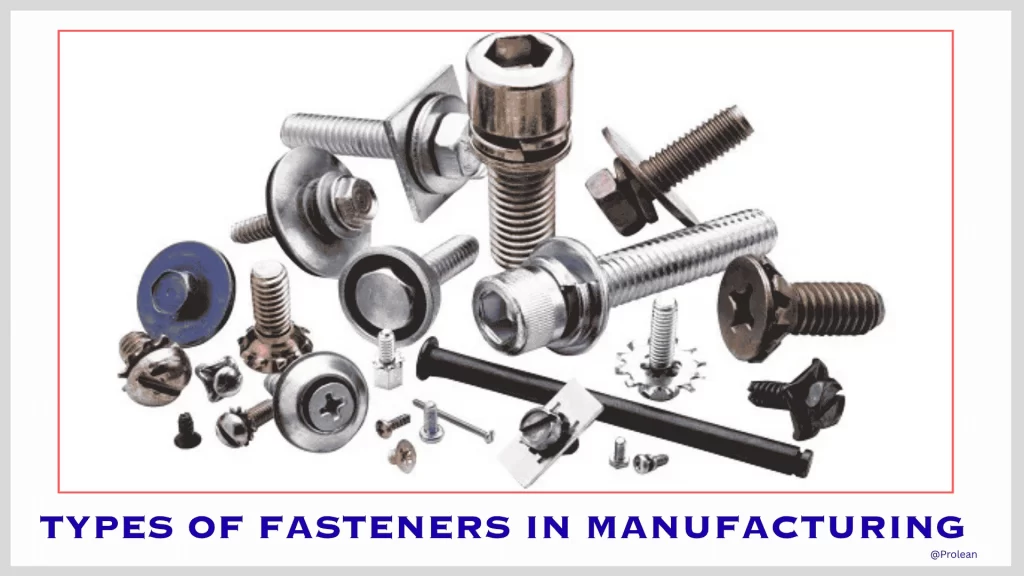
Types of fasteners
Do you know how complex mechanical structures and assemblies are formed with strong joints and reliability? Well, fasteners are one of the key items used to join multiple mechanical parts into a single system or product. These are the tiny hardware components that come in different variations, such as nuts, bolts, fasteners, pins, etc.
The use of fasteners ranges from simple household items to complex engineering systems like aircraft, electronics, architectural elements, and automotive engines. Understanding the shape, installation, functions, and preferred applications of different fasteners helps you to choose the right fastener type according to your requirements. Let’s discuss the different types of fasteners and the factors to consider when choosing them.
Let’s get started.
What is a Fastener?
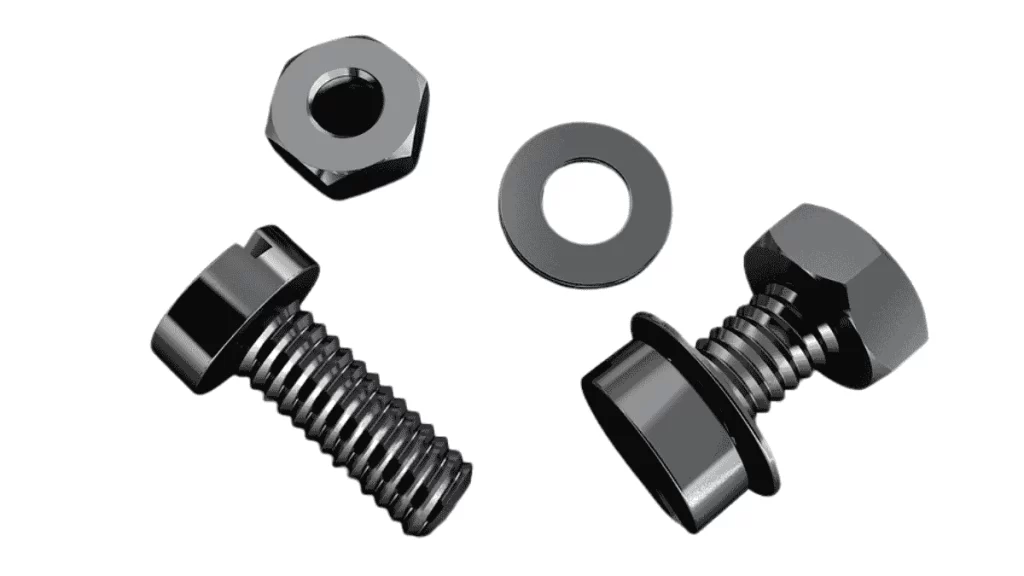
Fastener example
A fastener is a critical hardware component used in large assemblies and join two or more individual components, especially applicable in sheet metal parts across industries. They not only provide secure joints, but also are beneficial for load distribution, parts’ positioning, structural stability, pressure retention, and vibration reduction.
A fastener size can vary from a millimeter to a few centimeters. Basically, these are the small mechanical items that join large parts securely. Fasteners like nuts & bolts create removable joints, whereas others make permanent joints and can not be disassembled the parts once they are installed.
There are different types of fasteners, including threaded fasteners, rivets, mechanical pins, and washers. The following sections will briefly elaborate on these fastener types.
Threaded Fasteners
Threaded fasteners come with either internal, external, or both types of threaded surfaces. They make a strong bond with their corresponding fastening pair. Screws, nuts, bolts, and studs are the most common types of threaded fasteners used in manufacturing. Let’s elaborate on these briefly.
Screw Fasteners
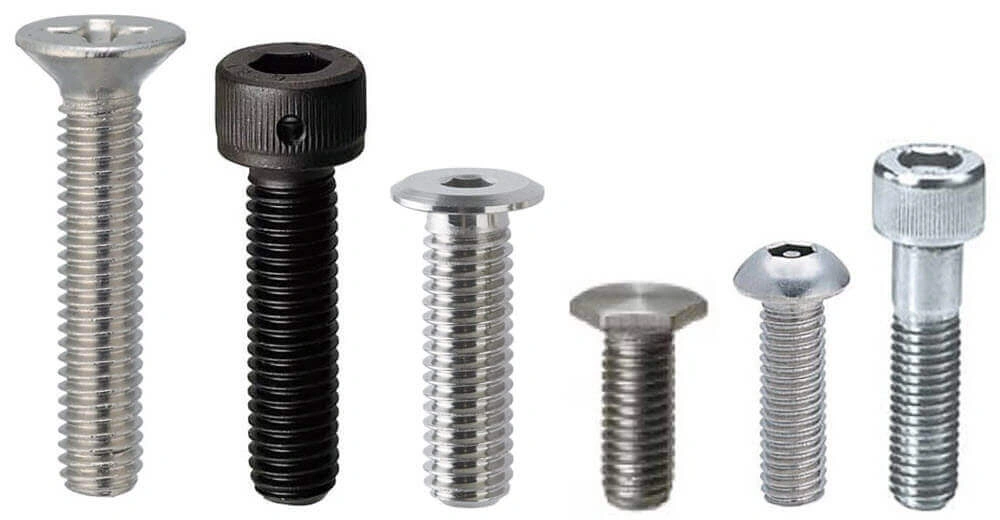
Screw fasteners
These are the most popular threads that have helical (or other) grooves on their surface, similar to a nail. They can fasten two metal parts securely by inserting them in a cross-threaded hole with a power driver.
Screw fasteners also come with the capability of self-tapping and threading. When you insert and rotate the screw into the counterpart hole, it perfectly fits and joins the component by creating female threads.
- Sheet Metal Screws: Sharp and pointed screws used for thin metal sheets or plastics.
- Lag Screws: These are the heavy, coarse-threaded screws with hex heads. Lag scrws are suitable for heavy woodworking and structural fastening.
- Cap Screws: These screws involve oversized heads for strong clamping in heavy machinery assemblies.
Nut Fasteners
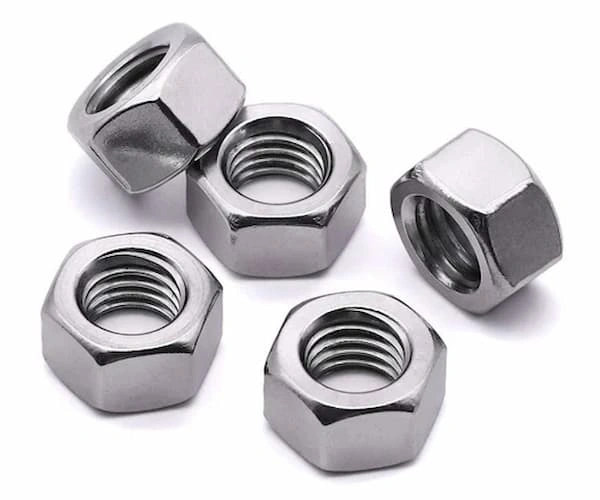
Nut fasteners
Nut fasteners allow for joining the mechanical components without any internal threading on them. Instead, they are the small fastening components with internal threading and work as a pair of bolts. They contain the same thread size and pattern as the counterpart bolt.
You only need to make a hole of a compatible size for the nuts on the workpiece, then insert the bolt and secure the components by mating the nut for a strong and flexible joint.
Some typical variations of nuts are as follows;
- Hexagonal Nuts: These are characterized by the hexagonal shape and mate with the bolt having a similar geometry.
- Cap/Acron Nuts: As the name suggests, cap nuts are used to cover the bolt end.
- Weld Nuts: These are welded at one side of the joint to form a permanent bond, typically used for long bolts and hard-to-reach areas.
Bolt Fasteners
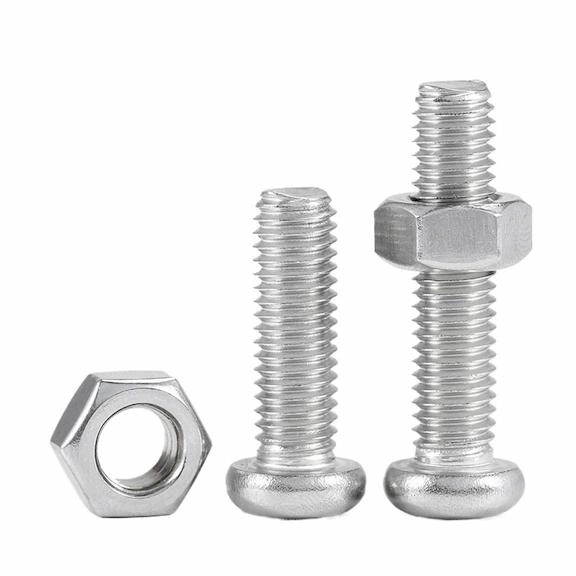
Bolt fasteners
What makes bolts different from screws is that they need counterpart nuts to join the components. These are the male threads with a rounded or flat head and can be secured without power screw-drivers. Bolt fasteners are useful for simple to heavy-duty assemblies. They can withstand high loads and provide excellent mechanical strength. Nut and bolts comes in various standard metric sizes like M6, M8, M10, etc., typically ranging from M1.8 to M25. However, you can also make custom bolts with the size you need for specific jobs.
Furthermore, there are different types of bolts available in the market, including hexagonal bolts, carriage head bolts, double-ended bolts, U-bolts, and eye bolts.
Stud Fasteners
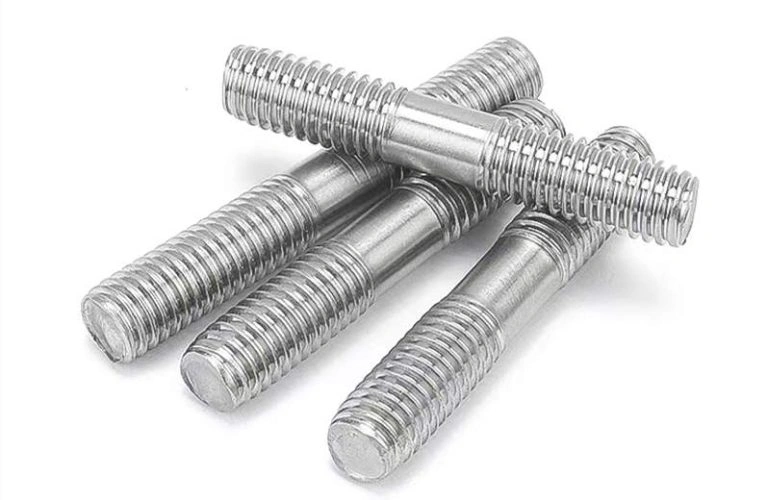
Stud fasteners
A stud is a headless threaded fastener that contains one or two threaded sides on the rod. Instead of a head, studs are inserted and fitted into components through double-ended threads. If the stud has threads on only one side, then it requires a bolt on the other side for a secure connection.
These are suitable for uniform load distribution and precise alignment of joined components. Studs can perform well under high vibration and mechanical stress. The common use of studs is evident in engine block assemblies, piping systems, and heavy machinery.
- Double-End Studs: Those having threaded sections on both ends.
- Full Thread Studs: Studs with theads throughout the length of the rod.
- Flange Studs: Those having chamfered edges alongside a fully-threaded body.
- Hex Studs: Both-end threaded studs with a hex at the middle.
The table below summarizes the differences between the different types of threaded fasteners:
| Type | Design | Features | Installation | Functions & Applications |
| Screw | External thread with different head shapes | Self-tapping or machine types. | Driven directly into a hole or nut. | Quick fastening for sheet metal, plastic, and wood. |
| Nut | Internal thread, hex or cap type. | Pairs with bolts/studs. | Tightened with a wrench or a torque tool. | Provides clamping and easy disassembly. |
| Bolt | Male thread with head and shank. | High strength, used with a nut. | Insert through hole, tighten to preload. | Structural and machinery joints. |
| Stud | Headless rod & threaded ends. | Fixed alignment, reusable. | One end has in tapped hole, a nut on the other. | Engines, flanges, heavy machinery. |
Rivets or Non-Threaded Fasteners
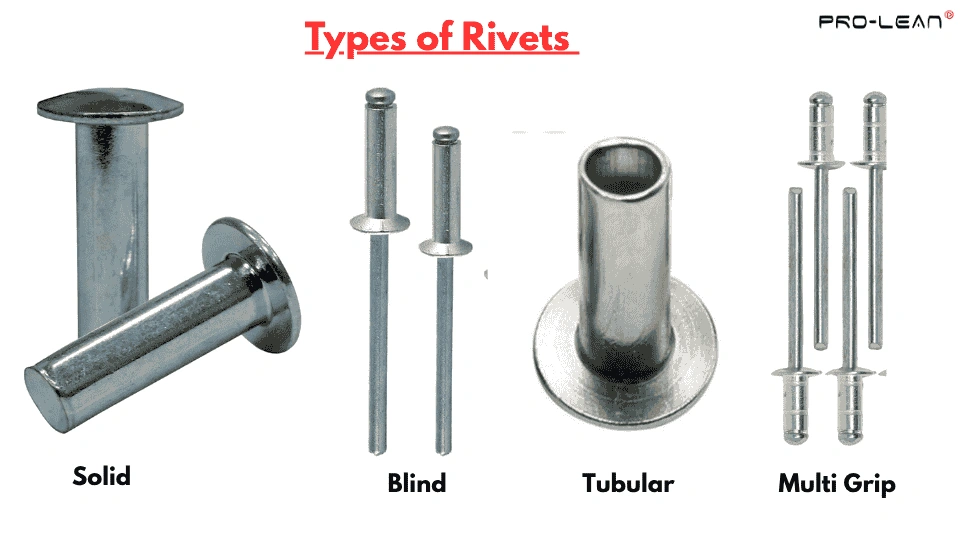 Types of rivets
Types of rivets
Rivets are a type of fastener that can form strong and reliable joints without internal or external threads. They are just solid and smooth rods with a head and tail at both ends. Rivets form permanent joints, which are done by inserting the rivet in a hole and deforming its tail, typically about 1.5 times the rivet’s diameter.
There are several types of rivets, including solid, blind, tubular, and specialized/custom rivets.
Solid Rivets
The most common rivets have a simple design. A solid shaft with heat at one end, which is inserted in a hole, and the tail side is deformed to join two components. They are used in machinery, construction structures, automotive, and as reliable aerospace fasteners.
Blind Rivets
Blind rivets, also called pop rivets, join two or more parts when access is available from only one side. They involve a shaft body and mandrel steam, which is pulled through the body to expand the rivet and create a strong joint. Blind rivets are lightweight and popular in construction, electronics, aerospace, automotive, and other industrial assemblies.
Tubular Rivets
The hollow tube structure of these rivets allows for easy installation with less deformation force. Typically, the tail end is flared outward for a secure connection. Tubular rivets are used in HVAC ducts, electronics, lighting fixtures, and other lightweight applications.
Specialized/ Custom Rivets
These types of rivets are made in a custom shape to serve the specific riveting purpose. Secialized rivets can have R-ring, fan shapes, or any other custom geometry based on the requirement.
Multi-Grip Rivets
These are a variation of blind rivet with an extended grip range; they can expand into multiple folds while installing. Therefore, the multi-grip rivets are ideal to join parts having different thicknesses. As the mandrel is pulled from the body, the body collapses and expands to compensate for the thickness variation.
The table below summarizes the differences between the different types of non-threaded fasteners:
| Type | Design | Features | Installation | Functions & Applications |
| Solid | Solid shaft with head. | Strong, vibration-resistant. | Insert hot/cold and deform tail. | Aerospace, machinery, construction. |
| Blind | Hollow body with mandrel. | One-sided access needed. | Pull the mandrel to expand the body. | Automotive, aerospace, electronics. |
| Tubular | Partially hollow shaft. | Needs less force to set. | Flare hollow end for lock. | HVAC, lighting, and light-duty joints. |
| Multi-Grip | Blind type with a wider grip. | Adapts to varying thickness. | Mandrel expands multiple folds. | Mixed-thickness panels, repairs. |
| Special Rivet | Custom shapes or heads. | Tailored for special loads. | As per the design requirement. | Custom machinery, specialized fittings. |
Try Prolean Now!
Mechanical Pin Fasteners
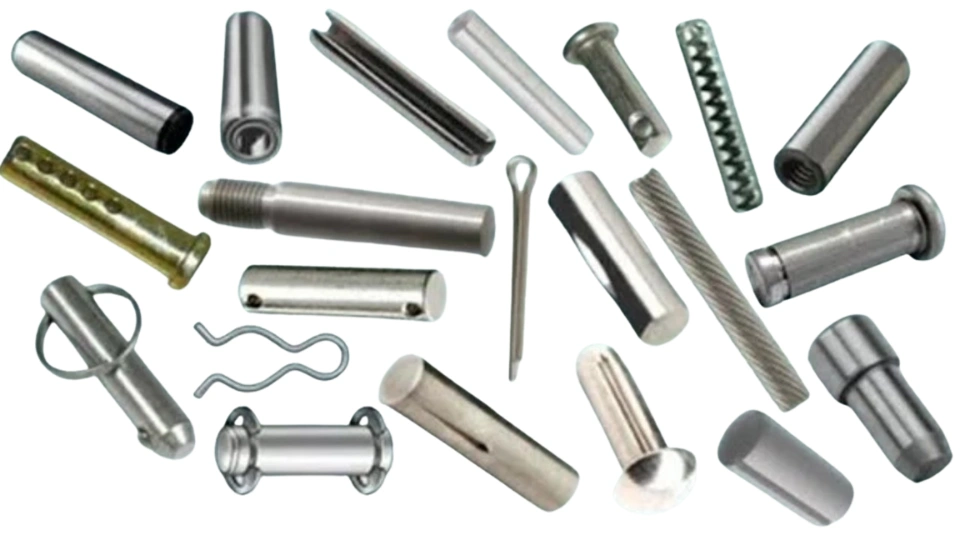
Mechanical pins
These are another type of non-threaded fasteners with a cylindrical design. Mechanical pins are useful to align, locate, hold, and secure multiple components. They can efficiently transmit shear load within the assembly.
You can choose these types of fasteners for temporary joints; they can be disassembled whenever required. Unlike rivets or bolts, interference with the hole, locking clips, friction, spring action, and an expandable deforming mechanism are used for their installation.
Now, let’s look at the common types of mechanical pins used in mechanical assemblies:
- Dowel or Cylindrical Pins: These are the simple cylindrical pins that locate the position of components by inserting them into corresponding mating holes. Dowel pins are used in machinery, tooling, and assembly of various industrial items.
- Spring Pins: Also called elastic pins, which involve a coiled hole at one end with a diameter smaller than the pin body. After inserting into positions, they create a tight fit via expansion.
- Cotter Pins: Also known as split, U-shape, or hair pins. The design involves a loop at the base and extending legs. After inserting to hole, they also require an additional fastener or pin to secure the joint.
- Roll Pins: These are a specialized type of spring pins made from a coiled strip, which are compressed in a hole for a tight fit. Rolls pins are flexible and offer good shock absorption capability.
Mechanical Washers
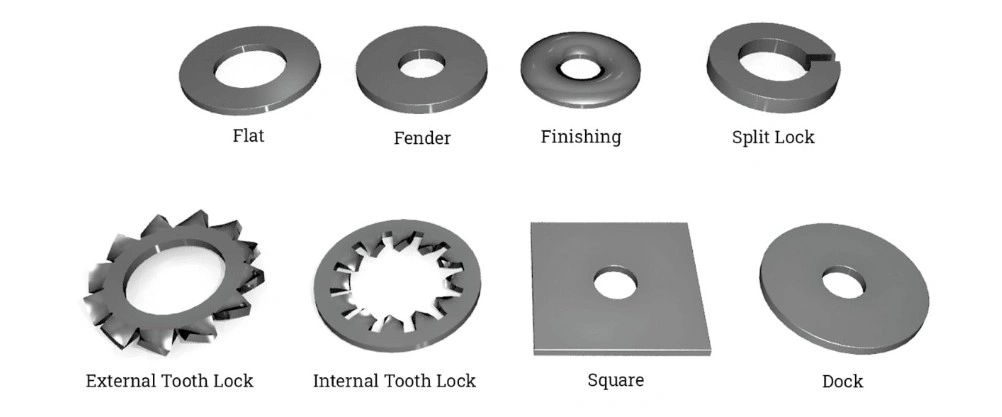
Mechanical washers
Although washers are not exactly fasteners, they are used along with the bolt and nut fasteners. These thin disc-shaped components are positioned under the nut or bolt and joint surface.
Washers are beneficial in load distribution and in preventing wear on the joint surface. They also avoid the possible damage during the fastening process and prevent loosening after installation.
The list below outlines the common types of mechanical washers:
- Plain or Flat Washers: A Simple and common washer with a thin & flat design with a hole at the center. They also serve as a spacer between the joining surface and the fastener.
- Spring Washers: These washers typically come in helical or conical shapes with good axial flexibility. You can use spring washers to resist loosening and sustain dynamic load and vibrations.
- Lock Washers: As the name suggests, lock washers retain fastener position under high load and vibration. They can work for helical lock, tooth lock, and wedge lock.
Nail Fasteners
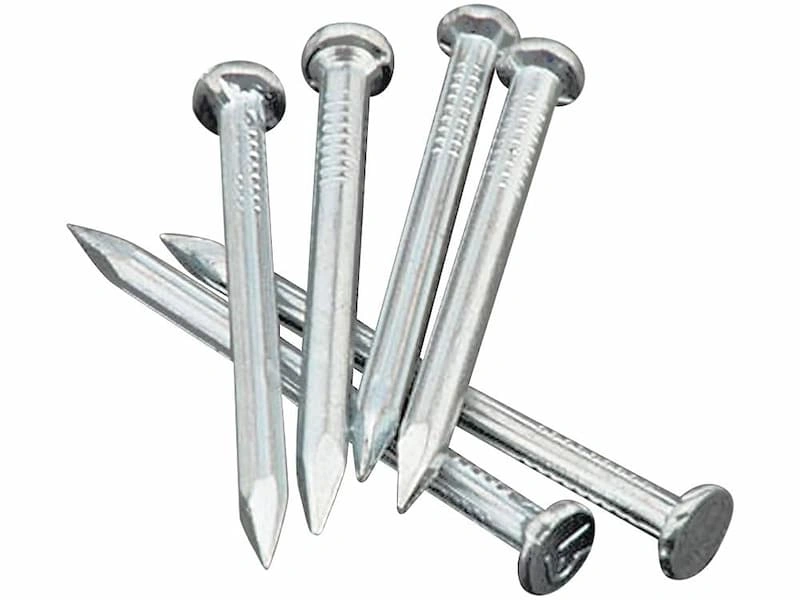
Nail fasteners
Often, people confuse nail fasteners with scews. The difference is that nails do not involve helical threads; instead, their fitting completely depends on compression and friction. The heads are designed to be round or flat to apply the compression.
Typically, nails are used for soft metal parts, mainly for wood and thin metal sheets. Meanwhile, multiple nails can be installed at once using a nail gun. This benefit significantly reduces the installation time.
- Heavy Duty Nails: These are used in construction & heavy machinery. The thick shank provides the strength needed.
- Brad Nails: These are very thin nails specialized for trim and panel work.
- Roffing Nail: Shorter length with a flat head (or ring) and used in roofing applications.
What Materials Are Used for Fasteners?
The first criterion for choosing the material for fasteners is the material type of the parts where fasteners will be used, followed by the application requirement. Steel, stainless steel, and aluminum are the common material options for this.
| Material | Grades | Common Uses |
| Carbon Steel | SAE Grade 2, 5, 8 | General-purpose bolts, screws, and nuts for machinery, construction, and automotive fasteners. |
| Stainless Steel | 304 (18-8), 316 | Marine, food processing, outdoor products |
| Alloy Steel | ASTM A193 B7, SAE Grade 8 | Heavy machinery, pressure vessels, and structural assemblies |
| Brass | C36000 | Electrical, decorative, and plumbing fasteners |
| Titanium | Grade 2 and Grade 5 | Aerospace, medical, and marine fasteners where strength and light weight matter heavily. |
| Nylon | Nylon 6/6 | Electronics, chemical, and light-duty assemblies |
Furthermore, the fasteners are also coated with secondary material to enhance the corrosion resistance, finish, and aesthetic appeal. Some coating also improves physical, mechanical, and electrical properties. The common fastener coatings are yellow zinc coating, chrome plating, nickel plating, electroplating, and grey-phosphate coating.
Try Prolean Now!
Considerations for Choosing the Right Type of Fasteners
Since there are several variations of mechanical fasteners, you might be confused about which one to choose for your application for optimal joint strength and reliability. A single fastener type can not be the best solution for all situations; which one to choose depends on different factors.
You must consider the following factors to choose the best type of fastener for your intended use. Let’s discuss briefly the common considerations.
End Use or Intended Application
First, define the requirements for your applications. For example, desired joint strength, removable joints or not, load-bearing capacity, required fitting, and operational conditions. The type of fastener you choose must fulfill all of these requirements.
Material Type
Next, consider the material type of parts you want to join. The fastening-related components should be compatible with the fastener material. For example, choose metal fasteners to join individual metal parts. Often, it is recommended to use the same or slightly stronger fastener material as the best option.
Operational Environment
Consider the environment where the joined component or assembled systems will be used. Stainless steel fasteners with zinc coating are ideal for corrosive environments. Aluminum can be a good option for lightweight components that suffer from heat, and so on.
Desired Aesthetic
Besides the factors related to functionality and performance, also consider the desired appearance. It is especially essential for decorative, architectural, and furniture items. So, choose the fastener carefully that provides good performance without altering the aesthetic appeal.
Installation Method
Consider the available fastener installation methods and equipment while choosing the right type of fastener. For example, you need power screw drivers to install the screw fasteners, a rivet gun for riveting, and so on.
Fastener Manufacturing Process
If you are creating custom fasteners, also consider the available manufacturing methods to produce them, like CNC Machining, turning, and Swiss screw machining. This ensures you can make fasteners with the required specifications.
Thread Design for Fasteners & Standardization
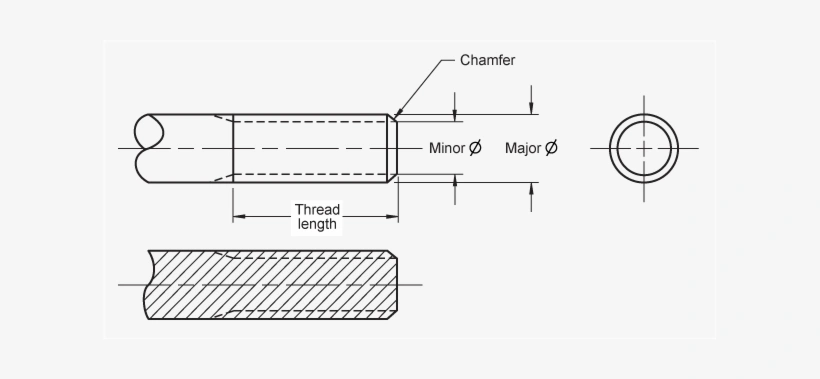
Thread design example
There are different standards used in thread design to bring uniformity in manufacturing worldwide. Standards and sizes enable manufacturers and buyers to choose the right type of fastener. The common standards are the metric system, ISO, UNC, and UNF.
Now, let’s look at the role of thread geometry and tolerancing in thread design.
Thread Geometry
First, define the thread geometry, such as thread length, pitch, depth, thread angle (V-shape angle), and desired tolerances. A fine pitch thread can withstand higher tensile loads and minimize the risk of loosening. Meanwhile, the design parameters vary with the shank diameter.
Here is an example of how you can choose different design variables while designing the threads.
| Size | Pitch P (mm) | Depth | H/6 (mm) | 1·D (mm) | 1.5·D (mm) |
| M3 | 0.5 | 0.270633 | 0.072169 | 3 | 4.5 |
| M4 | 0.7 | 0.378886 | 0.101036 | 4 | 6 |
| M5 | 0.8 | 0.433013 | 0.11547 | 5 | 7.5 |
| M6 | 1 | 0.541266 | 0.144338 | 6 | 9 |
| M8 | 1.25 | 0.676582 | 0.180422 | 8 | 12 |
| M10 | 1.5 | 0.811899 | 0.216506 | 10 | 15 |
Thread Tolerancing
Look at the combination of grade and position, if you are following the Metric System. You can refer to tolerance classes like 6g/6H. On the other hand, refer to classes like 2A/2B for the unified system. Tolerancing is critical as it directly influences the fitting quality and structural integrity of mechanical joints.
Summing Up
Mechanical fasteners are critical components for assemblies. They join sheet metal, cast, and machined items securely. You can choose from different fastener types based on your application requirements. However, producing compatible and reliable fasteners for any application requires advanced equipment and human expertise.
If you are planning to order the fasteners for your project, choose experienced manufacturers like ProleanTech. We offer CNC machining services, casting, and other manufacturing facilities to make standard or custom fasteners with precision.
Our expert engineers handle your project with strict supervision and quality control at the factory. Plus, we offer competitive pricing without sacrificing quality and precision. Need an accurate cost estimation? Contact us or upload your design and get a quote right now.
FAQ’s
What are the five basic types of fasteners?
The basic types of fasteners are Screws, bolts, nuts, washers, and rivets. Nuts & bolts are threaded fasteners, and rivets are non-threaded, whereas washers distribute load and reduce loosening.
What is your actual need for a fastener?
A fastener’s actual need is to mechanically join and position components, transfer loads, and maintain alignment. Some fastener types also allow for disassembly when required.
What type of assembly can a threaded fastener create?
Fasteners can create both permanent and temporary assemblies. Screws and bolts with nuts create removable assemblies, whereas rivets form permanent joints.

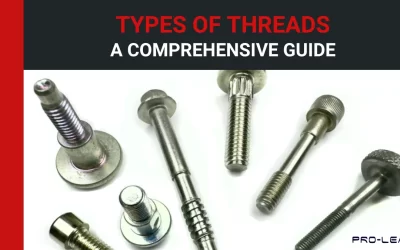
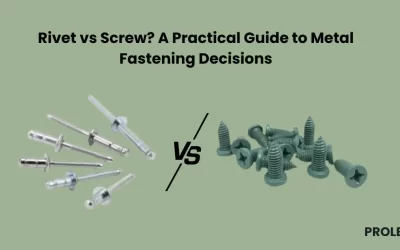
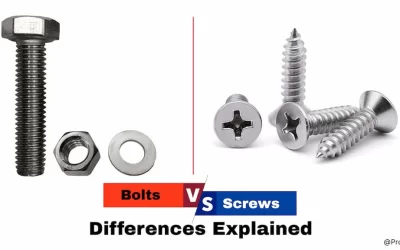
0 Comments